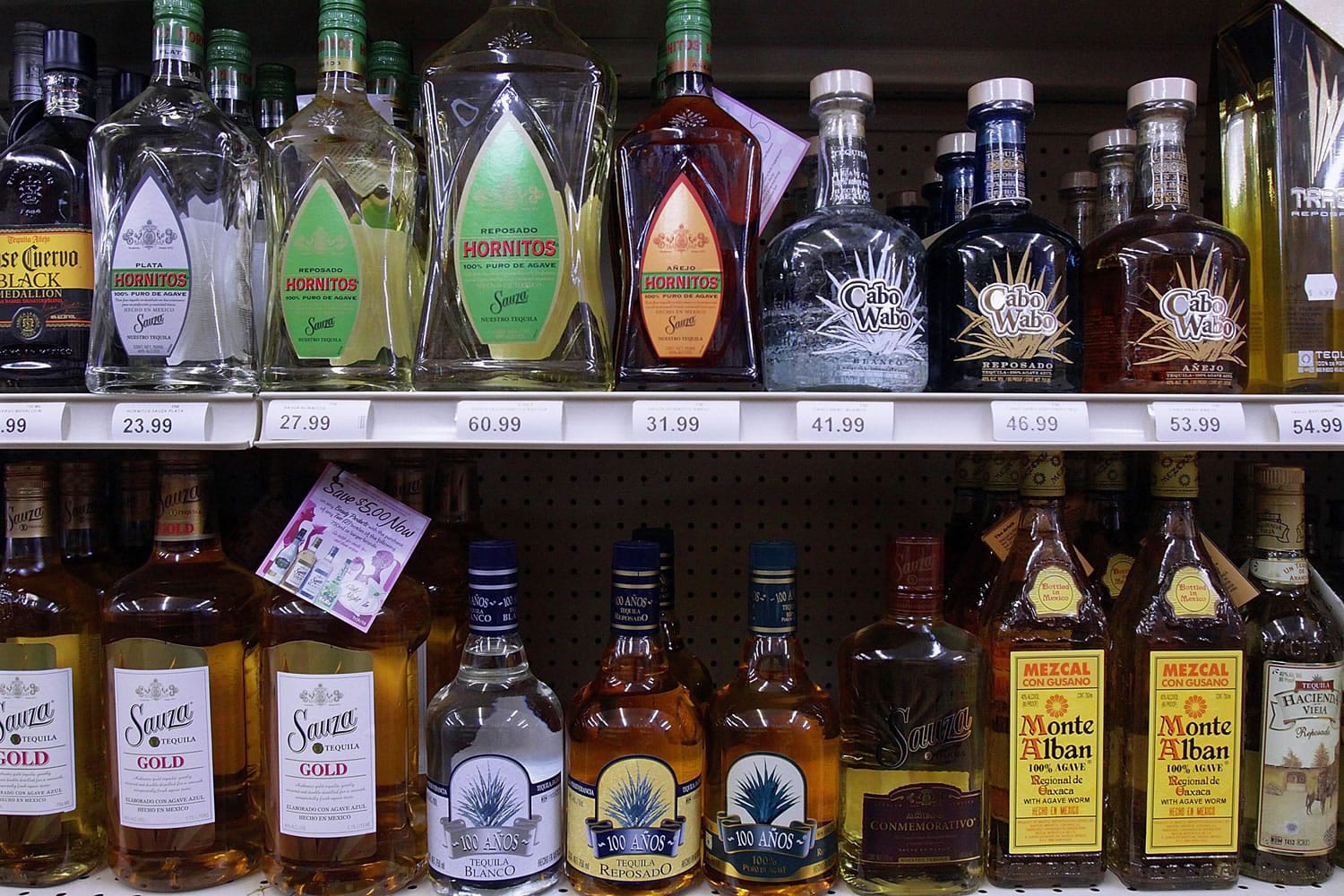Young or old. Wealthy or poor. White or black.
Binge drinking crosses all strata.
More than 18 percent of Washington residents, and nearly 16 percent of people nationally, binge drink, according to new estimates by the Centers for Disease Control and Prevention. The CDC defines binge drinking as a man drinking five or more alcoholic drinks within a short period of time or a woman drinking four or more alcoholic drinks within a short period of time.
Younger adults constitute the age group with the most binge drinkers, but people older than 65 years binge drink most often. More people with incomes of more than $75,000 a year binge drink, but lower income people — those who make less than $25,000 a year — do so most often and consume the highest number of drinks, according to the CDC.
The problem isn’t unique to adults. Middle- and high-school students are also downing several alcoholic drinks in a short timeframe.
In Clark County, 23 percent of 12th-graders and 9 percent of eighth-graders admitted to binge drinking in the latest Healthy Youth Survey. The local numbers mirrored the survey results statewide.
“Binge drinking is pretty prevalent, and it’s associated with a lot of adverse outcomes,” said Dr. Alan Melnick, Clark County health officer.
Unintentional injuries, suicide and alcohol-impaired driving are all associated with binge drinking, Melnick said. A 2010 study by the CDC found that 85 percent of alcohol-impaired-driving episodes were reported by binge drinkers.
In addition, alcohol increases the risk of unintended pregnancy and sexually transmitted diseases, including HIV, Melnick said. Additional health risks from consuming too much alcohol include inflammation of the pancreas, increased blood pressure, liver disease and stroke, he said.
Even one night of binge drinking can cause some reversible liver damage, said Dr. Jim Heid, a family practitioner with Legacy Medical Group — Salmon Creek. Continuous heavy drinking can lead to more long-term, nonreversible damage, he said.
Binge drinking can also cause damage to the heart, Heid said.
A person whose blood-alcohol level is elevated and then drops down can experience heart rhythm problems, which can be dangerous, Heid said.
“With heart damage, it’s only reversible if it doesn’t kill you first,” he said.
Continuous alcohol abuse, including binge drinking, can lead to more long-term heart damage, causing the heart muscle to not squeeze as much as it should, Heid said.
Excessive drinking can also cause nerve damage, he said, because alcohol is a central nervous system depressant.
The underage binge drinkers are at even higher risk.
“The younger we are, the more susceptible our bodies are, in some ways, to damage,” Heid said.
Skin cells in the mouth and esophagus of younger people are more susceptible to damage from alcohol. Younger drinkers are also at risk of inflammation of the esophagus. Cancer of the esophagus, mouth and stomach are all associated with alcohol, Heid said.
“And then there’s the stupid things people do when they drink,” Heid said.
“Teenagers don’t think through the consequences of an action anyway, when you add a little alcohol, that impairs the ability further,” he said.
That impaired judgment can lead to kids getting behind the wheel of a vehicle or harming themselves or someone else, Melnick said.
Inexperienced drinkers are also more likely to consume alcohol too fast. Alcohol is one of the few things absorbed from the stomach, which means it enters the blood stream more quickly. A person can stop drinking but the stomach will continue to absorb the alcohol, sending his or her blood-alcohol level higher and higher, Heid said.
“The brain isn’t fully developed until age 25, so when you start doing risky behaviors you tend to overdo it as a youth,” he said.
The risky behaviors of adults and underage drinkers can lead to alcohol poisoning, coma and even death, Heid said.
Each year, excessive drinking and binge drinking cause 80,000 deaths across the country, according to the CDC.




